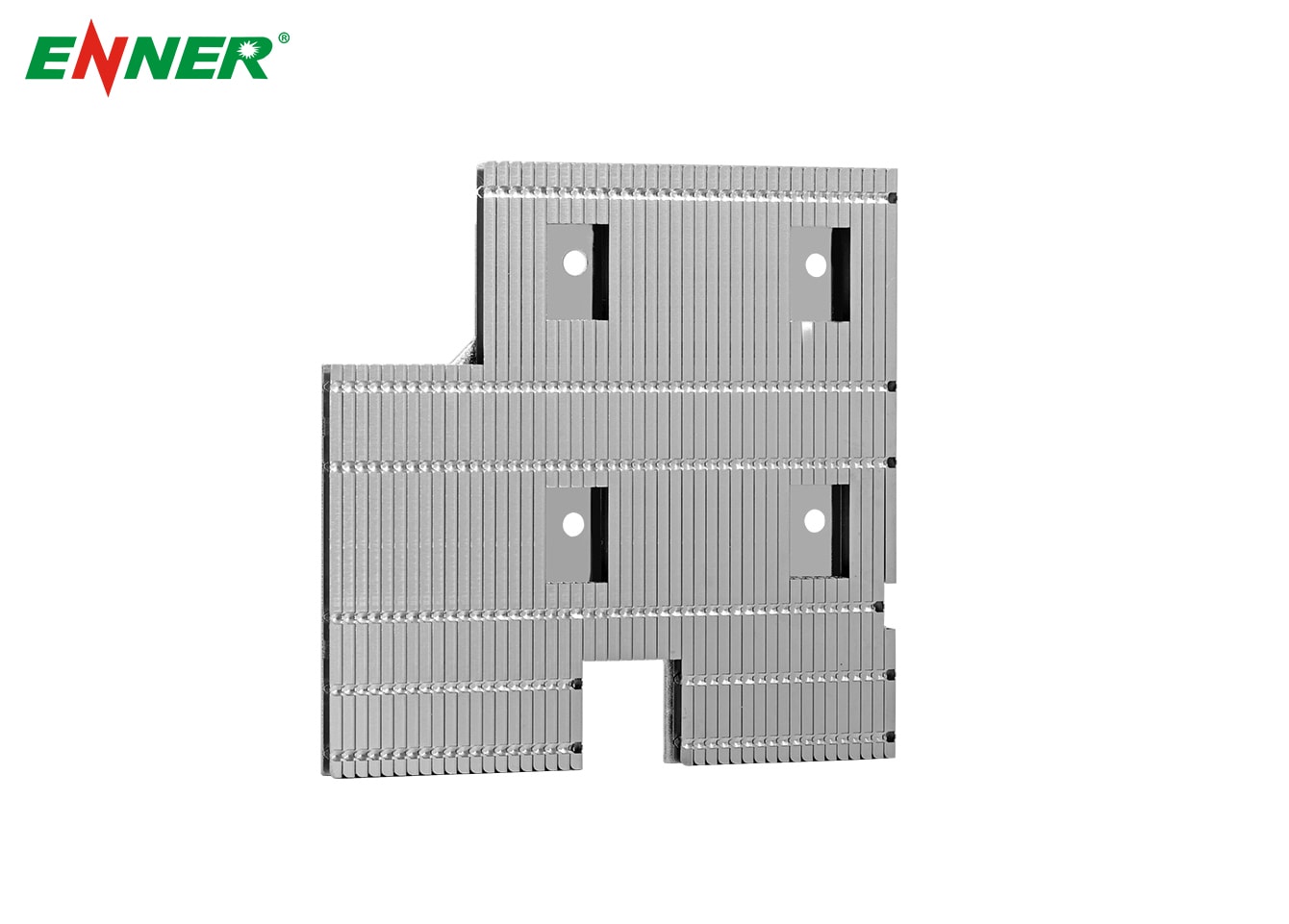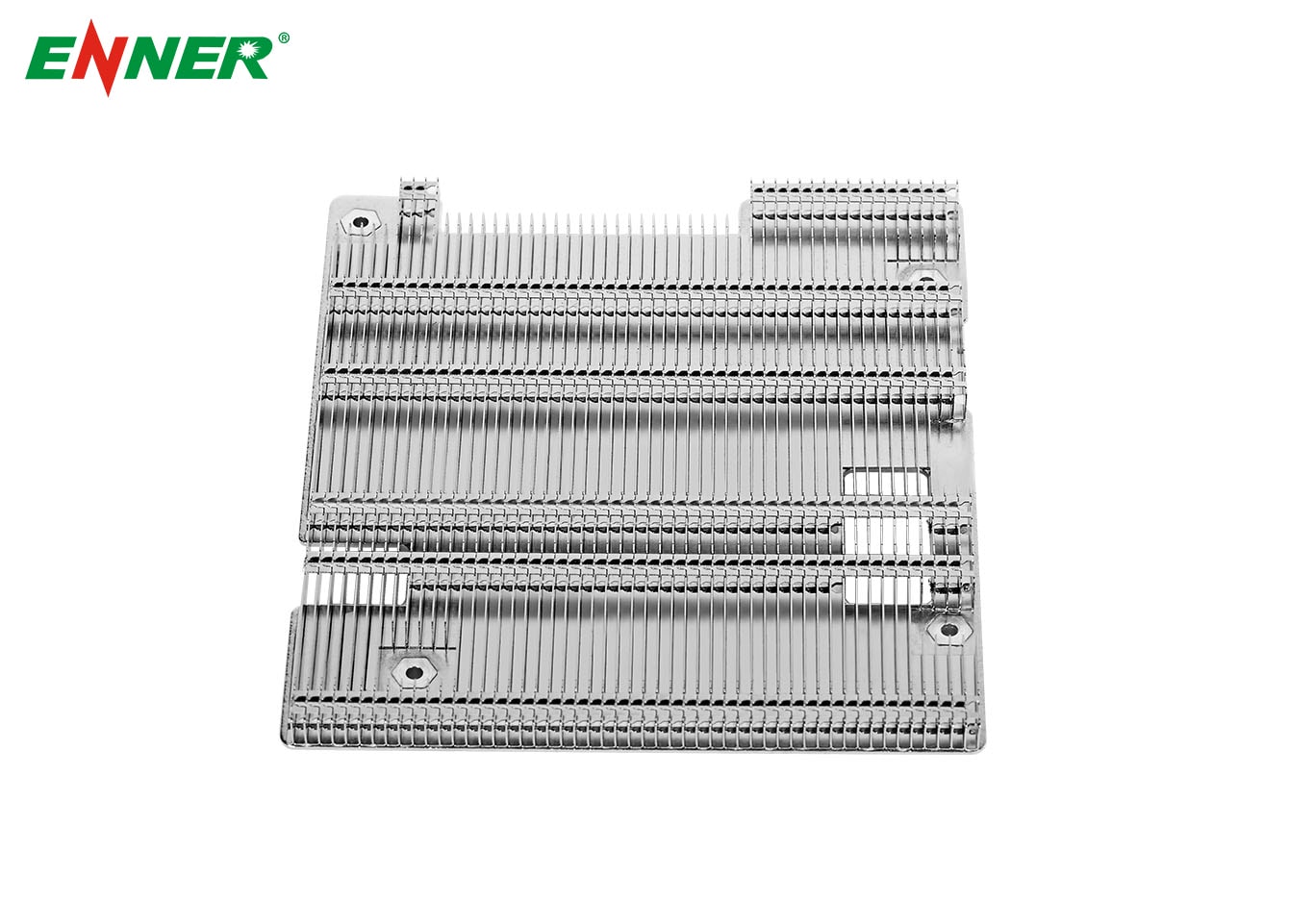As the world shifts towards greener and more energy-efficient solutions, the construction and manufacturing industries are embracing innovative materials and technologies to reduce environmental impact. Among these, aluminum heat sink profiles have emerged as a key player in promoting sustainable building practices. By efficiently managing thermal loads, these components not only enhance energy efficiency but also contribute to the longevity and environmental performance of modern structures. Let’s explore how aluminum heat sinks are shaping the future of green building.
Aluminum has become the go-to material for heat sink profiles due to its unique combination of properties:
These qualities make aluminum heat sinks an ideal choice for sustainable construction, aligning with the principles of energy efficiency and environmental responsibility.

Heat sinks play a crucial role in managing thermal loads in buildings, particularly in systems like HVAC, LED lighting, and power electronics. By dissipating heat effectively, they prevent overheating and ensure that these systems operate at peak efficiency. This not only reduces energy consumption but also lowers utility costs, contributing to the overall sustainability of the building.
For example, in commercial buildings, aluminum heat sinks are used in LED lighting systems to maintain optimal temperatures, extending the lifespan of the lights and reducing the need for frequent replacements. Similarly, in residential projects, they are integrated into energy-efficient appliances and home automation systems, enhancing comfort while minimizing energy use.
By improving the energy efficiency of building systems, aluminum heat sinks help lower energy consumption, which directly reduces greenhouse gas emissions. This aligns with global efforts to combat climate change and promote sustainable development.
Aluminum heat sinks prevent overheating in critical systems, such as HVAC and electronics, thereby extending their operational life. This reduces the need for frequent replacements, minimizing waste and resource consumption.
Aluminum’s recyclability makes it a cornerstone of the circular economy. Heat sinks made from recycled aluminum require significantly less energy to produce compared to virgin materials, further reducing their environmental impact.
The heat sink industry is continuously evolving, with new technologies enhancing the performance and sustainability of aluminum profiles:
These innovations are pushing the boundaries of thermal management, enabling aluminum heat sinks to meet the growing demands of green building projects.

To maximize the benefits of aluminum heat sinks in construction, consider the following best practices:
By following these guidelines, builders and designers can ensure that aluminum heat sinks deliver maximum performance and sustainability.
As the demand for energy-efficient and environmentally friendly buildings continues to grow, aluminum heat sinks will play an increasingly important role in sustainable construction. Their ability to enhance energy efficiency, reduce carbon footprints, and support circular economy principles makes them an indispensable component of modern green architecture.
At Enner , we are committed to providing high-quality aluminum heat sink solutions that meet the highest standards of performance and sustainability. Whether you’re working on a commercial building or a residential project, our innovative heat sink profiles can help you achieve your energy efficiency and environmental goals.
Contact us today to learn more about how Enner’s aluminum heat sinks can elevate your next project and contribute to a greener future.
By continuing to use the site you agree to our privacy policy Terms and Conditions.